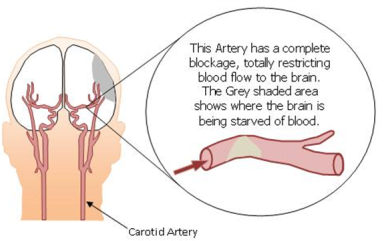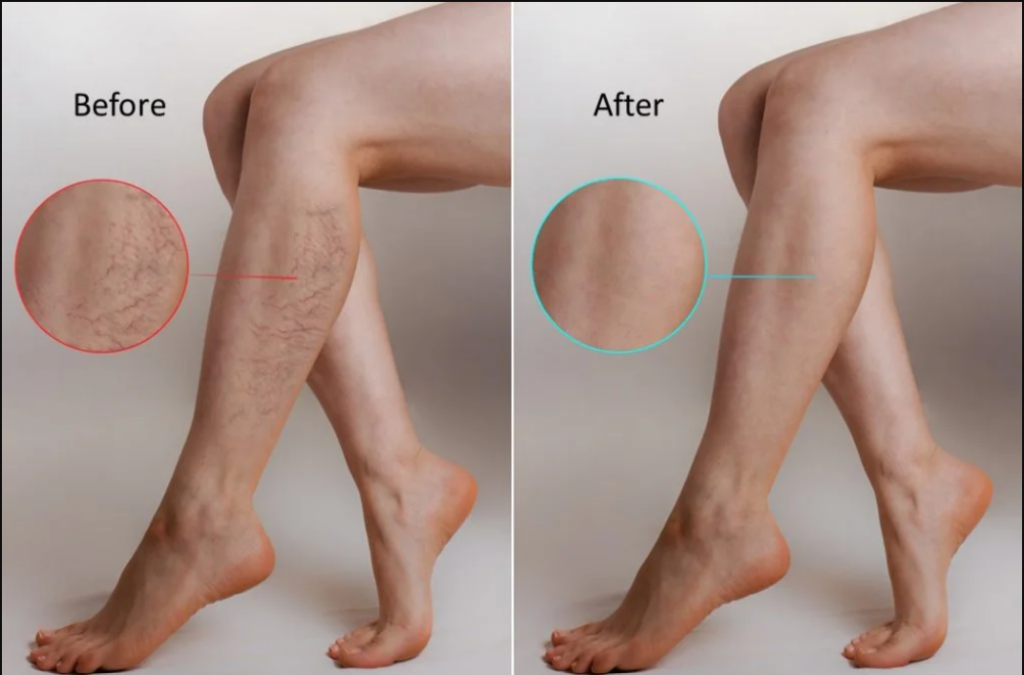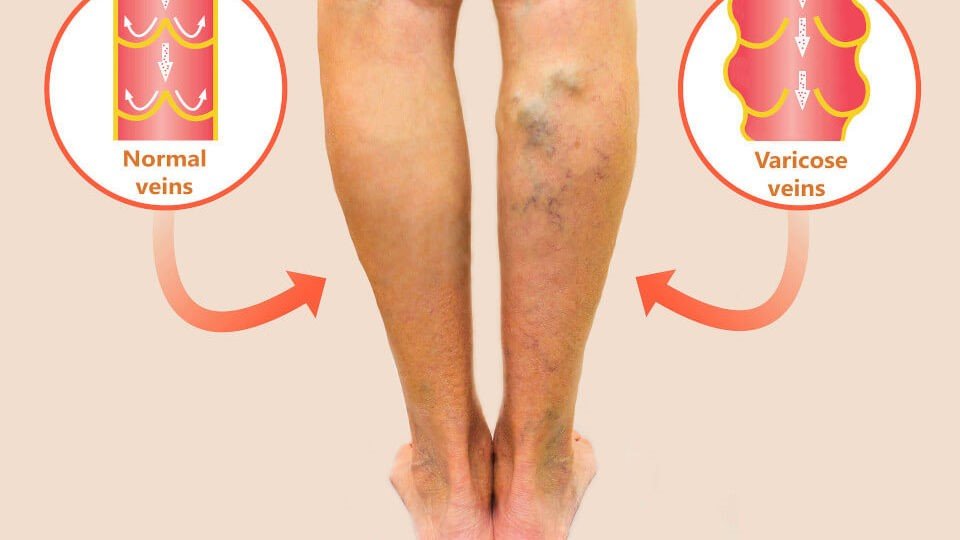Interventional radiologists are physicians who specialize in the diagnosis and treatment of vascular diseases, such as arterial and venous diseases, such as deep vein thrombosis (DVT), varicose veins, and other vascular disorders. There are four subspecialties of interventional radiologists: Vascular Ultrasound, Interventional Radiology, Interventional Radiology and Angiology, and Interventional Radiology and Radiology.
As the name implies, the “interventional radiologist” is trained to use medical imaging techniques, including radiation and interventional procedures, to diagnose and treat vascular disease, including varicose veins, spider veins, and phlebectasias. If you think about it, the interventional radiologist is a critical member of your health care team who is tasked with saving your life from blood clots, and removing dangerous blockages in your veins.
We’re your go-to resource for common medical procedures performed by a interventional radiologist.
1. Surgery using a camera inserted through a patient’s vein
The use of a camera-mounted endoscope through the blood vessels to enable interventional radiology imaging is a rapidly developing field of radiological imaging. A new generation of endoscopes has emerged, enabling imaging through the intricate structures of the vascular system. These include the insertion of a camera into a vein, a catheter positioned in a major vein, and a catheter through an artery to a large artery.
2. Removing a blood clot using lasers

Patients with varicose veins or other chronic conditions of the veins can have the delicate veins and arteries damaged by the repeated movement of the legs. When a vein or artery is damaged, the blood clot, or thrombus, forms, blocking the blood flow. Clotting of the vein may cause serious complications like ulcerations, paralysis, and leakage of blood. Therapeutic vein removal, or embolization, is a common treatment for varicose veins, as well as for other types of vein disease. This procedure uses a thrombectomy catheter to remove the clot and restore blood flow by creating a therapeutic bypass. The procedure may be performed by a vascular surgeon, interventional radiologist, or any other doctor with the skills and training to do so safely.
3. Closing an artery using a stent
Dr. Jathin, an Interventional radiologist, recently did a procedure on a patient who was experiencing blood clots in his leg. Unfortunately, the patient’s artery was a bit blocked. Dr. Jathin had to operate to close the artery using a stent. A stent is a wire mesh-like device which is used to prop open a blocked blood vessel. It looks like a small, bent wire and is inserted into a blood vessel through an incision made in the groin. The stent stays in place until it seals off the artery.
4. Closing an artery using coils
During a recent set of vascular interventions, Dr. Jathin performed a relatively new therapeutic procedure involving the placement of coils around an artery in order to close the vessel. While this sounds somewhat barbaric, it has the potential to be one of the most effective ways to close an artery that has been partially or fully blocked by fatty deposits called plaque.
5. Treating a spider vein

During the middle of the night, you wake up to find a spider vein on your leg. Your mind races, wondering what’s wrong, and you try everything to get rid of it. From shaving, to squeezing it, to ice, to scraping, you have tried everything. What to do? According to an article in the Journal of Vascular and Interventional Radiology, there is a simple, non-invasive, minimally invasive procedure to treat spider veins, known as an ultrasound-guided low-energy ultrasound.
6. Treating varicose veins

Interventional Radiologists (IVRs) are doctors trained to perform minimally invasive procedures that require no incision into the skin. They are able to use imaging, such as ultrasound and computed tomography (CT), and catheters, to guide their use of a variety of medical instruments positioned inside various body structures. This is done with the intent of performing a particular medical task without any long-term (or even short-term) damage to body organs.
7. Dilating a stenosed artery
A stenosed artery refers to an artery that has developed a constriction due to the build-up of plaque. This can be due to a number of reasons, including poor blood flow and diabetes. If a stenosis is severe enough, it can become painful, weak muscles, and even cause neurological issues. A procedure performed by interventional radiologists involves using a catheter to widen the narrowed area in the artery.
8. Ligating aneurysms
Use angiography and catheter manipulation and stenting procedures to treat diseases of blood vessels. Interventional radiology is the nonsurgical management of disease in the arterial, venous, lymphatic or biliary tree by catheter techniques. The radial procedure for closing aneurysms was developed and performed by interventional cardiologists using X-ray imaging and a technique called fluoroscopy.
9. Removing a clot from a blood vessel
Interventional Radiology uses X-rays, ultrasound waves and other imaging technology to see inside of your body without surgery. A doctor that performs this type of procedure is called an interventional radiologist. The field has grown rapidly in recent years in response to the invention of a new class of minimally invasive tools and catheters used only by interventional radiologists to remove diseased tissues, open narrowed arteries and repair blood vessels. Since the start of the 21st century interventional radiologists have become widespread in this country, particularly in urban areas.
Conclusion
Interventional radiology is a field that improves the lives of patients and pushes the boundaries of our knowledge in medicine. The procedures this group of doctors perform are amazing and deserve recognition. Hopefully, people will read this piece and realize just how talented these interventional radiologists truly are, and the work they do to make all our lives better.





